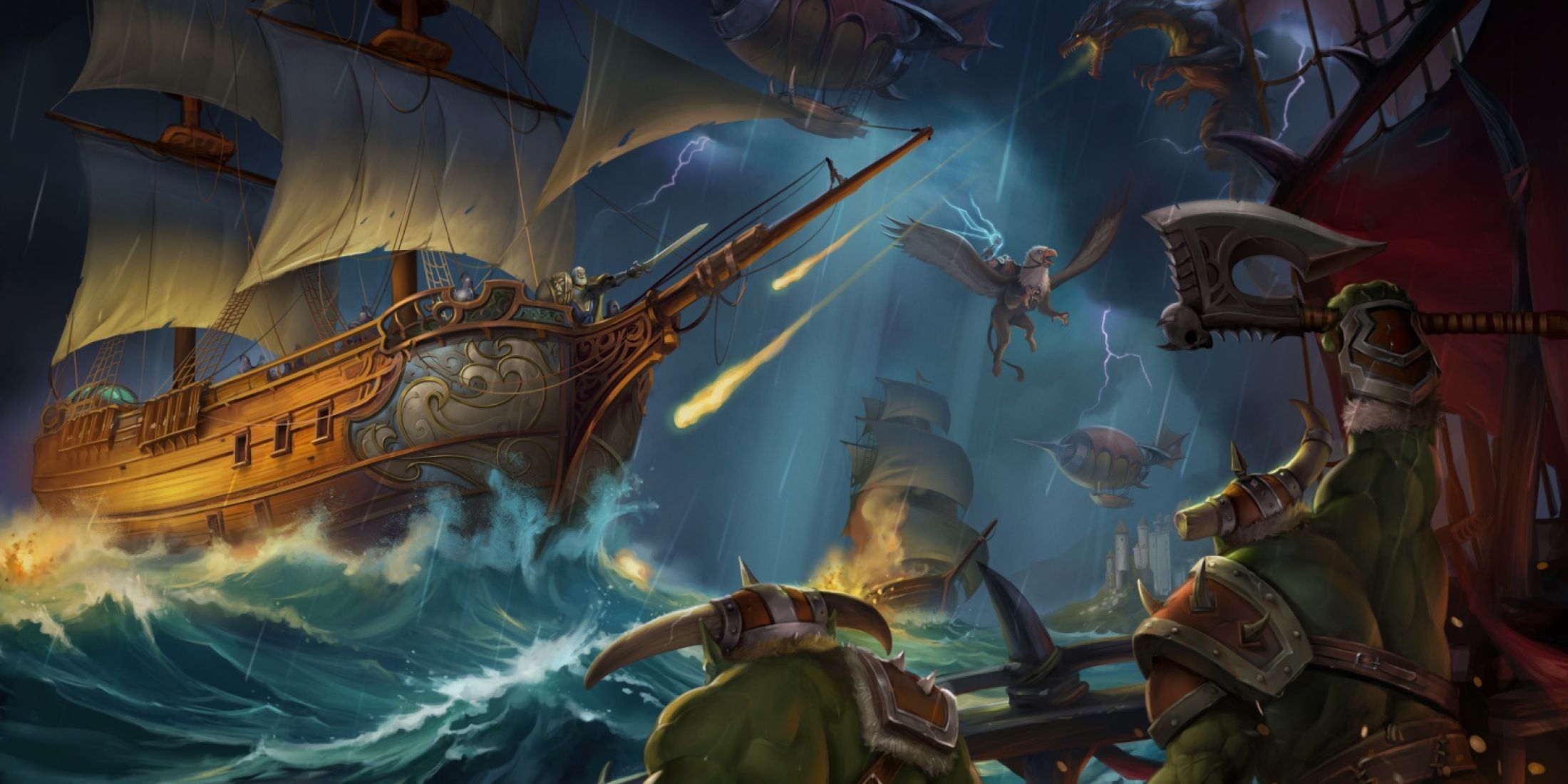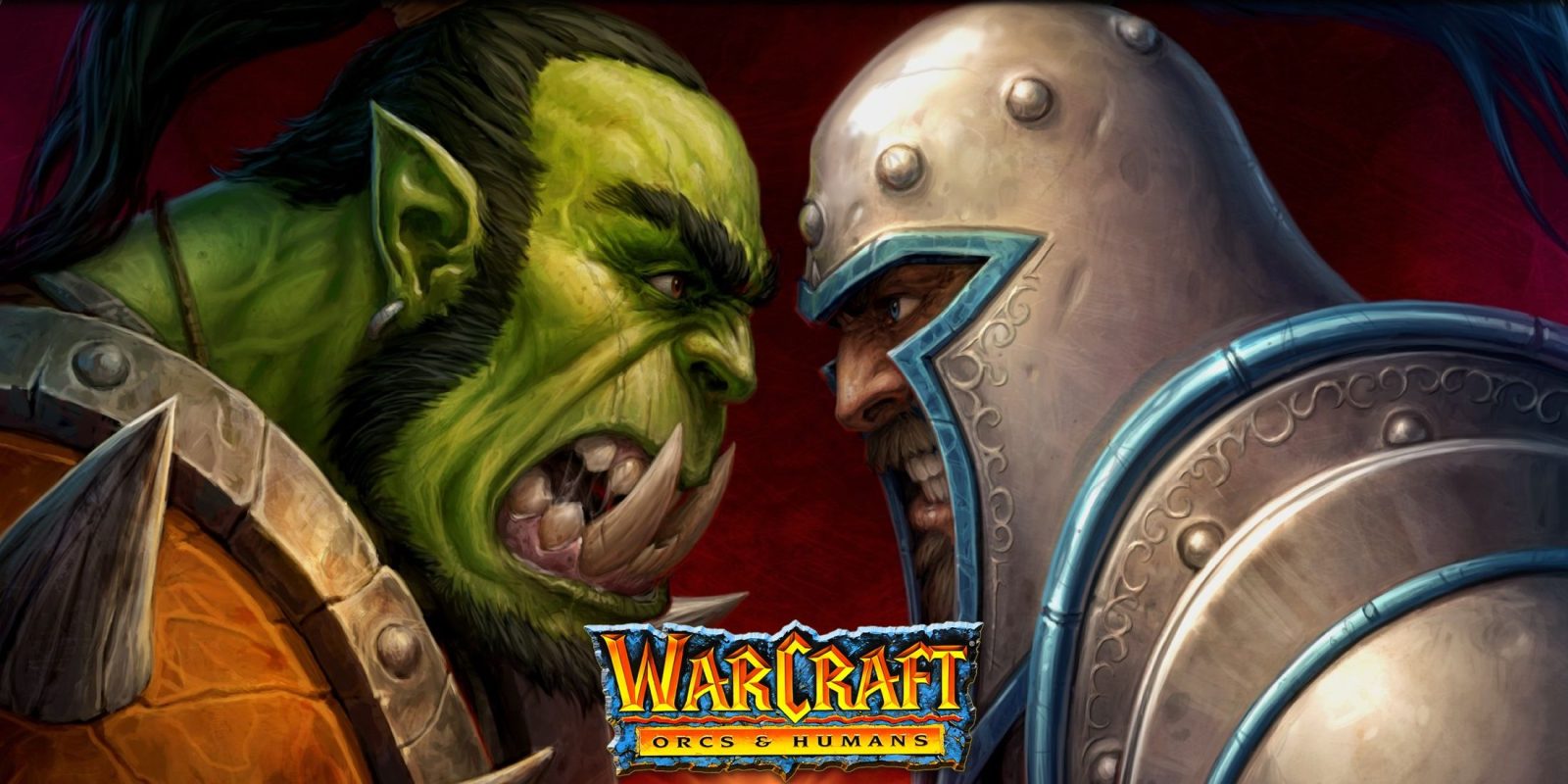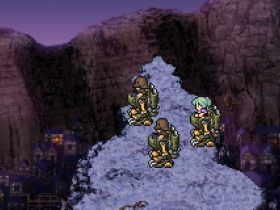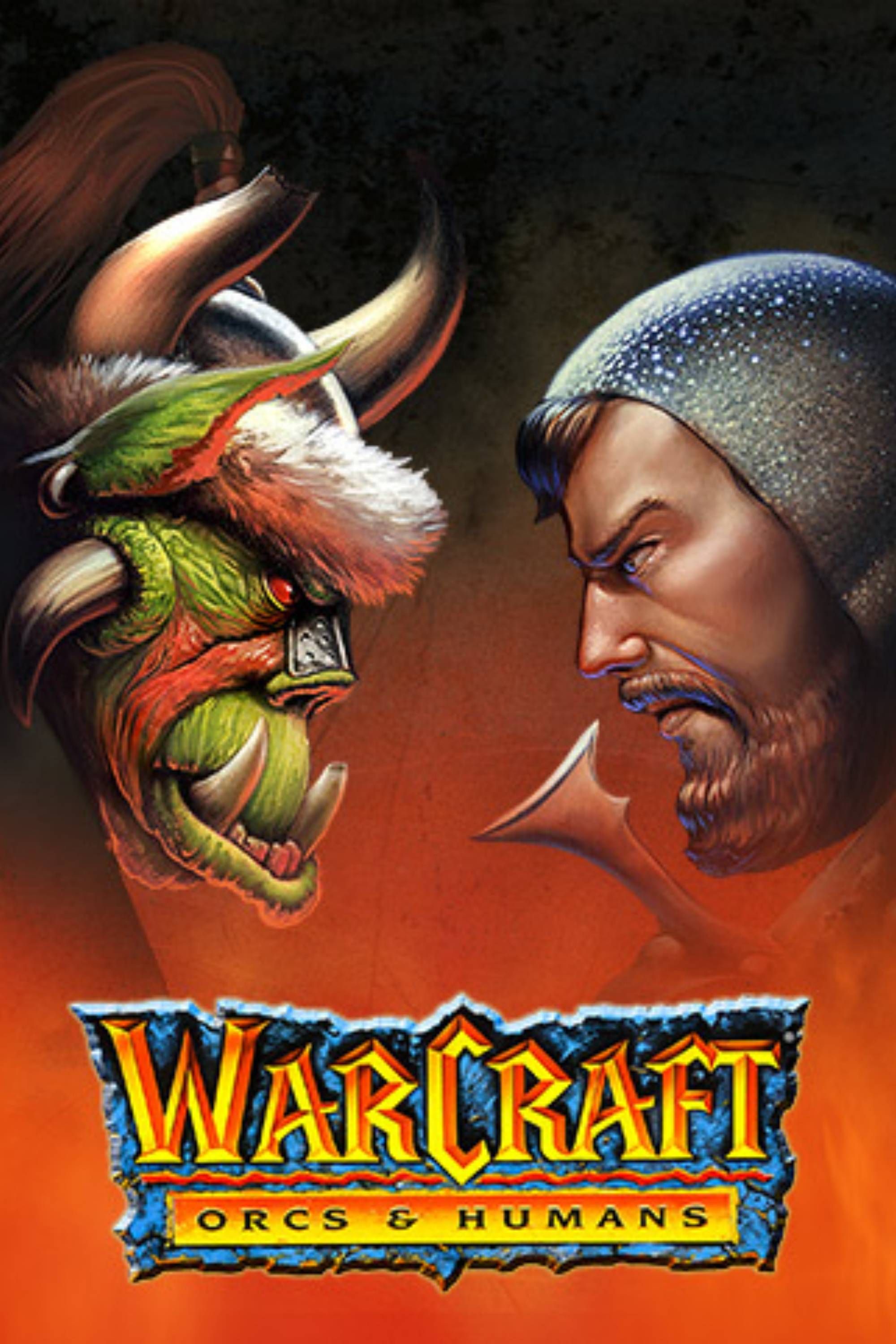On November 15, 1995, Blizzard Entertainment released Warcraft: Orcs and Humans. While it was not the first multiplayer real-time strategy game, the innovations it introduced would go on to define the genre. The success of Warcraft: Orcs and Humans set the stage for an influx of new RTS games, including its own sequels, Warcraft 2 and 3.
However, the influence of Warcraft: Orcs and Humans goes further than a single genre. The game stabilized the future of Blizzard, and became one of the cornerstone franchises upon which the company built its success. In this way, Warcraft 1 irrevocably changed the course of not only the fantasy genre, but gaming in general.

Related
Classic Warcraft Remasters Shadow Dropped
Blizzard releases remasters and updates for all three classic Warcraft real-time strategy games to celebrate the franchise’s 30th anniversary.
Warcraft: Orcs & Humans Started a Blizzard
The History of How Warcraft 1 Came to Be
Blizzard Entertainment was originally founded in 1991 as Silicon & Synapse Inc. It briefly rebranded to Chaos Studios, Inc. in 1993 before finally picking up the well-known Blizzard name in 1994. Though it produced a handful of classic games like The Lost Vikings, The Death and Return of Superman, and Blackthorne under these various names, none of them reached groundbreaking levels of success – that is, until Warcraft: Orcs and Humans.
Within the first year, Warcraft: Orcs and Humans sold 100,000 copies, going on to triple that number in subsequent years – an impressive number for the time. According to Entertainment Weekly, it was the 19th most popular CD on the market in 1995, only behind a handful of iconic games like Command & Conquer, Dark Forces, and Doom 2, as well as vital software like the Windows 95 operating system disc and Microsoft Office. This critical success put Blizzard Entertainment on the map, and secured its finances to allow it to make more games.
Top 20 CD-Roms from October 1995 According to Entertainment Weekly
|
Rank |
Game |
Rank |
|
|---|---|---|---|
|
Microsoft Windows 95 |
1 |
Microsoft Plus! |
2 |
|
Phantasmagoria |
3 |
Myst |
4 |
|
The Ultimate Doom: Thy Flesh Consumed |
5 |
Command & Conquer |
6 |
|
Dark Forces |
7 |
Microsoft Flight Simulator 5.1 |
8 |
|
MechWarrior 2: 31st Century Combat |
9 |
Apache |
10 |
|
Star Trek: The Next Generation |
11 |
Doom 2 |
12 |
|
Microsoft Works |
13 |
Quicken Deluxe |
14 |
|
Microsoft Encarta |
15 |
Corel Gallery 2 |
16 |
|
Primal Rage |
17 |
Microsoft Office |
18 |
|
Warcraft: Orcs and Humans |
19 |
Microsoft Office Pro |
20 |
The Blizzard Entertainment-Westwood Studies Rivalry
Warcraft: Orcs and Humans was far from the first RTS, but it rapidly became a massive success, largely due to innovations in multiplayer capabilities, mission design, and gameplay elements. This turned Blizzard into a major competitor for Westwood Studios, developer of the popular 1992 RTS Dune 2. Not to be outdone, Westwood responded with Command & Conquer in 1995, with Blizzard’s Warcraft 2 releasing a couple months later. The rivalry between the two companies inspired the boom in RTS games during the 1990s and 2000s, including future Blizzard titles like StarCraft and Warcraft 3, plus numerous more Command & Conquer games.
According to Jason Schreier’s
Play Nice: The Rise, Fall, and Future Of Blizzard Entertainment
, Westwood Studies believed Blizzard Entertainment stole code from
Dune 2
to develop
Warcraft: Orcs and Humans
, though the claim was denied and eventually dropped. Westwood co-founder Louis Castle later said “If imitation is the sincerest form of flattery, they were flattering us a lot.”
But Warcraft: Orcs and Humans was originally going to be something much different than it became. Indeed, the name “Warcraft” initially had no deeper meaning – it was just borrowed from a Dungeons and Dragons character belonging to former Blizzard senior art director Samwise Didier simply because the developers thought it sounded cool. The game was envisioned as a fantasy setting inspired by The Lord of the Rings and Warhammer, and as the first of a series of loosely-connected RTS games set in various fictional and real-life settings like ancient Rome or Vietnam. Instead, it became the earliest and largest multimedia franchise for Blizzard Entertainment.
The Wildfire That Is the Warcraft Franchise
Warcraft: Orcs and Humans Changed the Fantasy Genre
In the years that followed, Warcraft transformed from a successful RTS into an IP that would stretch across multiple genres and forms of media. Beyond the RTS sequels, Blizzard released World of Warcraft – one of the most successful MMORPGs in history – as well as the hugely-popular digital card game Hearthstone, a formerly-mobile-only title in the form of Warcraft Rumble, and countless books and comics set in the setting. It even retold the events of Warcraft 1 with a twist in the 2016 Warcraft film. What began as a multiplayer Warhammer-esque RTS with a “cool” name has become one of the largest and most influential fantasy settings in history.
Remastered versions of
Warcraft 1
and
2
are now available on Battle.net separately, and together with the original games and
Warcraft 3: Reforged
via the
Warcraft
Remastered Battle Chest.
The Orcish Horde in Warcraft 1 was undeniably evil, but the actions taken during the first game set the framework for more modern takes on the lore of Azeroth. Though a great deal of Warcraft 1’s plot has been retconned in later years, it detailed how the Orcs first arrived on Azeroth, and covered the first conflicts between them and the Humans of the Alliance. In Warcraft 3, Blizzard threw away the Tolkein-esque “evil orc,” becoming one of the most well-known settings to do so, and setting a trend that is still being explored with Orcs in modern games like Baldur’s Gate 3. Three decades later, the groundwork of Warcraft: Orcs and Humans can still be seen in World of Warcraft today.
Fun Facts About Warcraft: Orcs and Humans
- The Human kingdom was originally named Azeroth, with its capital city being Stormwind. In WoW, Azeroth is now the name of the planet, while Stormwind is both the city and its kingdom.
- The Human religion was monotheistic, referencing God, Heaven, and Angels, rather than the modern concept of the Holy Light.
- The majority of the Orc campaign, including the sacking of Stormwind, was later canonized in the lore of Warcraft, but elements of the Human campaign, like the assassination of King Llane by Garona and fall of Medivh, were kept as well.
- The Orc campaign player character was later confirmed to be Orgrim Doomhammer, while many of the Human campaign character’s deeds were attributed to Anduin Lothar (though they were different people in the game).
Warcraft: Orcs and Humans may not have redefined the fantasy genre or RTS games on its own, but it walked so that its descendants could run. Through Warcraft 2 and 3, and by extension Hearthstone and World of Warcraft, it was responsible for innovations in the RTS, CCG, and MMO genres for decades to come – and by establishing a foothold for Blizzard to become a major game studio, it technically had a hand in shaping the isometric ARPG and FPS scenes by helping Diablo and Overwatch to be developed in later on. Needless to say, gaming as it is now would have looked a lot different had Warcraft: Orcs and Humans never been released.














Leave a Reply